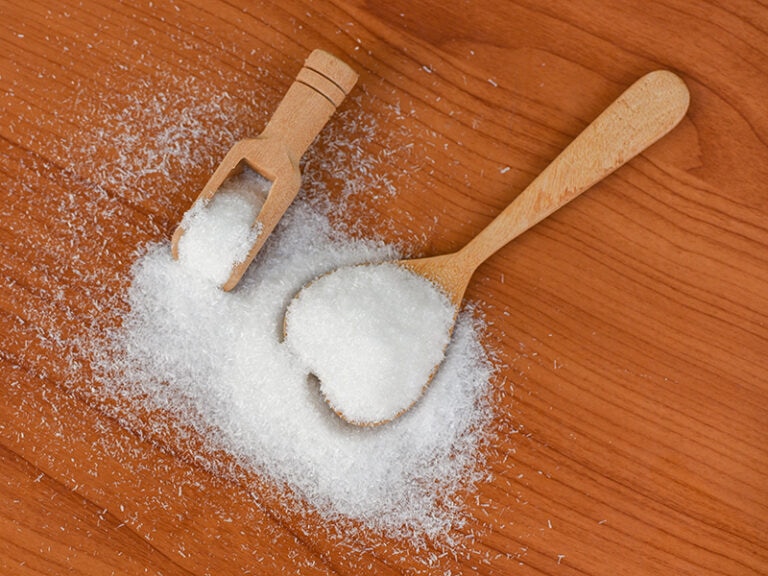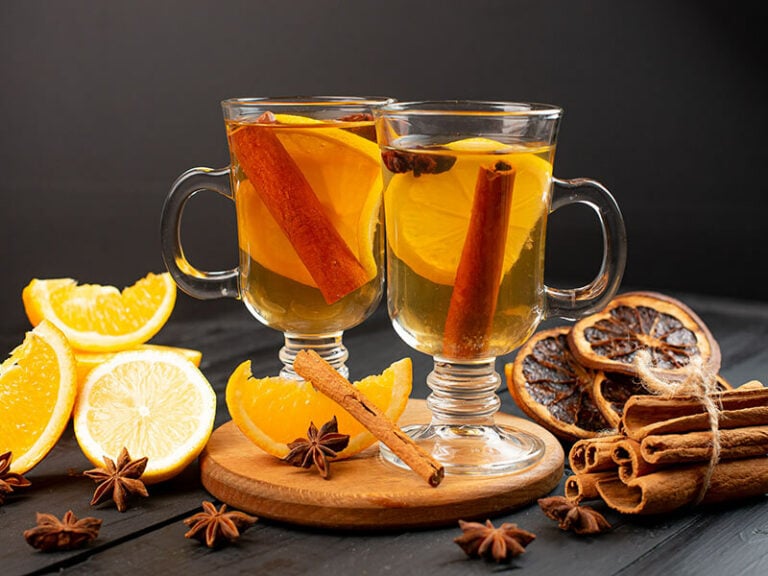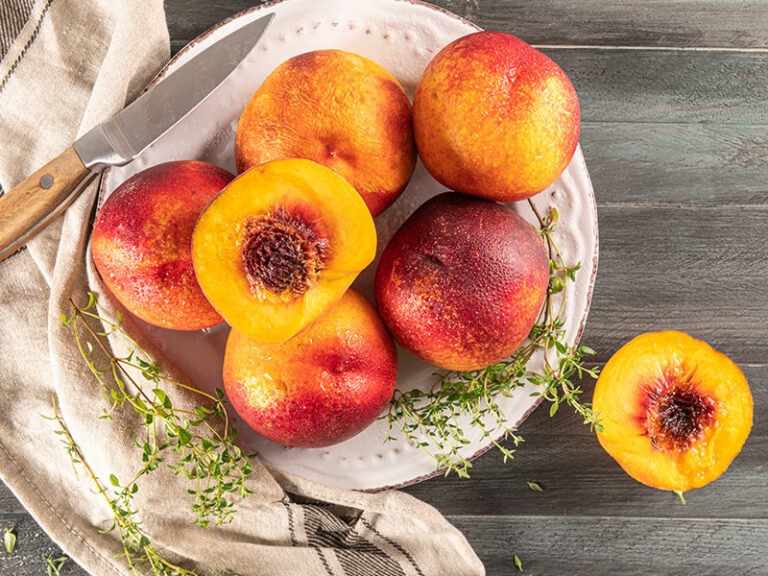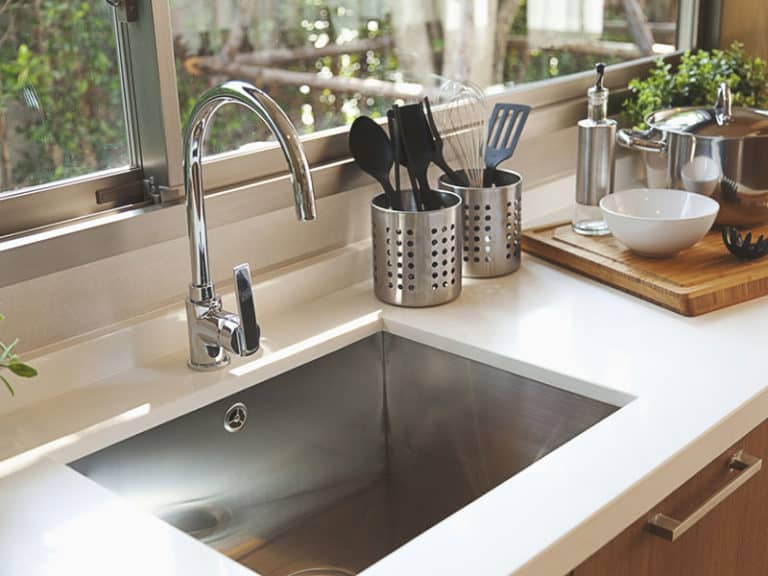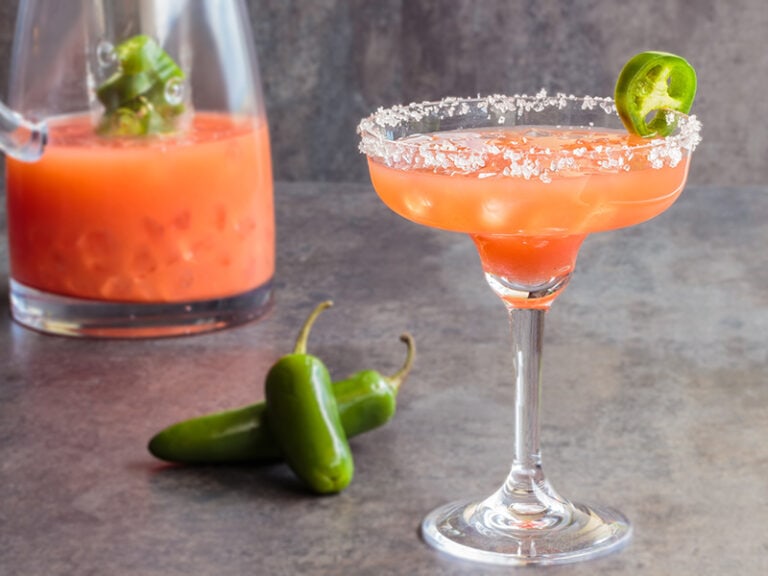Boiling vs. steaming, which is the better option to prepare your food? When it comes to cooking vegetables, these methods are highly recommended by the best chefs worldwide.
Sustainable (primarily plant-based) diets and healthy eating are gaining popularity over recent years due to the rising trends on the internet to call for better dieting. Boiling and steaming are easy to do and have various health advantages over other cooking methods.
Without further ado, let’s dive into this interesting topic to know which cooking method is better for you.
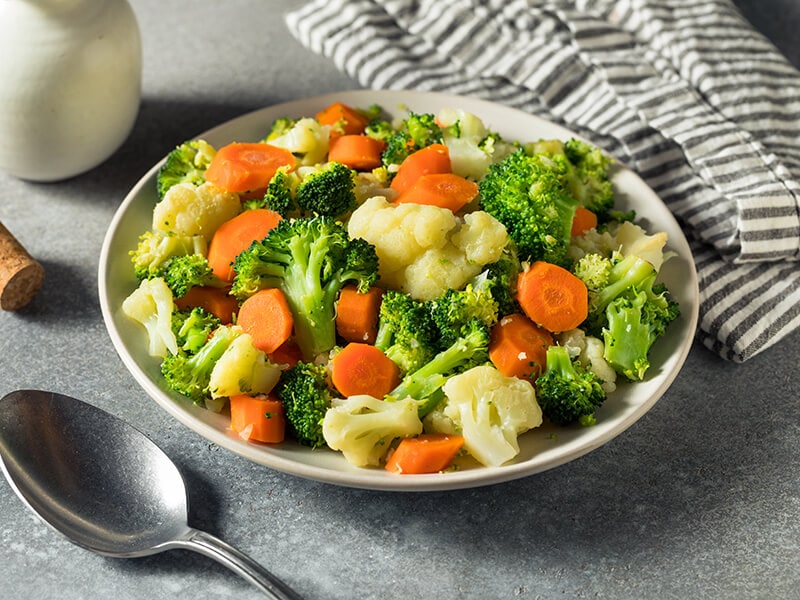
A Complete Insight About Boiling
With its simple nature, boiling has been an essence of processing food since the very dawn of humankind. Here is a brief look at its history and basic facts!
History Of Boiling
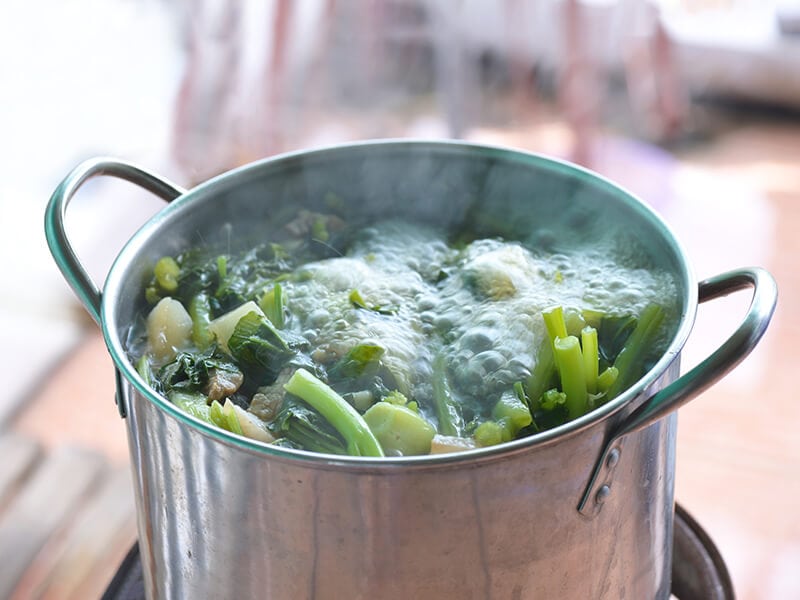
Boiling is one of the most ancient and basic ways to cook food. In ancient times, people typically chose this moist method to cook starchy food tubers and separate fat from meat. The scene of tribal people sitting around the campfire with the boiling pot of stew marked the dawn of civilizations.
Cooking stew with meat, vegetables, and roots in one large pot was a prevalent practice in many cultures worldwide. Many researchers believe boiling dates back 30,000 years (during the Upper Paleolithic) when people used hot stones to heat water in the pit.
Historical theories suggest that humans invented boiling after roasting and before baking. Since boiling requires containers to hold water and endure high heat, pottery plays an important role in this method.
The Nature Of Boiling
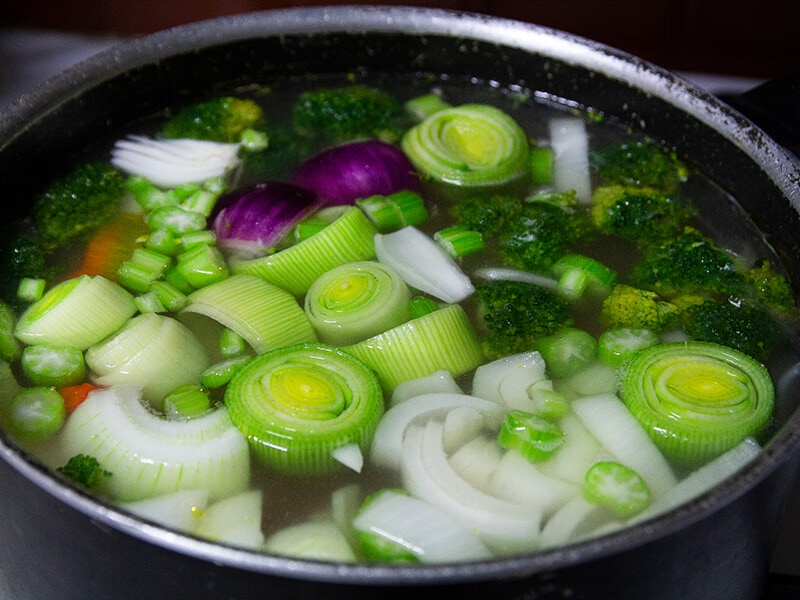
Boiling is a method of cooking in which the liquid is vaporized in heat. By heating the liquid to a certain temperature, also called boiling point, the liquid goes through a phase change into its gas (vapor) state. The boiling point of water is 212 °F / 100 °C.
Boiling is a moist type of cooking which means using water for cooking the ingredients, as opposed to dry cooking. Other water-based liquids such as stock, wine, or milk can also replace the water in boiling.
The main purpose of boiling is to eliminate organic impurities and transform raw foods into cooked foods, extending the food’s shelf life and giving it a milder taste than raw foods.(1)
Learn about the stages of boiling water to understand more about its nature.
A Complete Insight About Steaming
Like boiling, this method is an ancient practice that many cultures have long applied to process their foods. Different cultures used different ways of steaming, though.
History Of Steaming
The earliest steam cooking evidence was found in China. It dates back to 5,000 BC. In Arizona, people found evidence of steam pits used in cooking about 10,000 years ago.
The first “modern” humans in Europe learned to cook food by wrapping the ingredients in wet leaves and cooking them in hot steam or smoke.
While steaming was not popular in the west, cultures like Asia or North Africa relied heavily on this cooking method. Steaming uses less water and fuel, allowing people who dwell in barren lands to save more resources around this time.
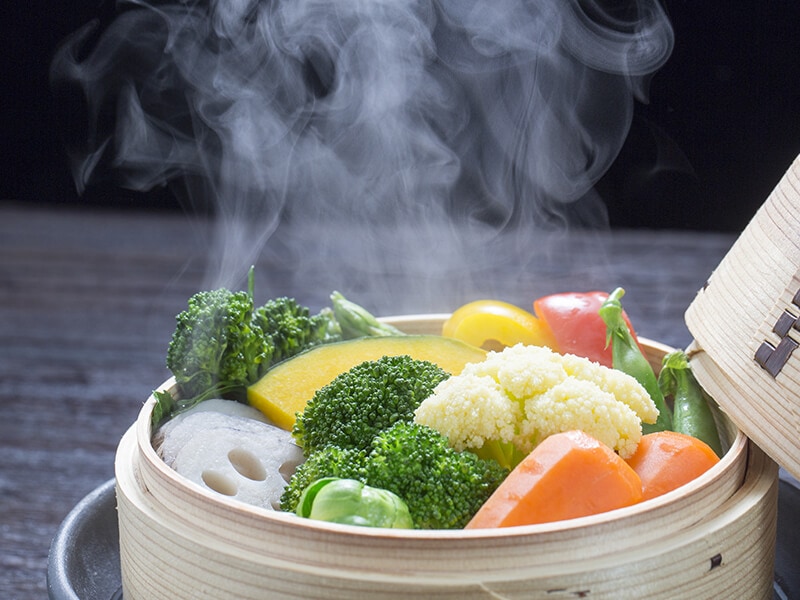
The Nature Of Steaming
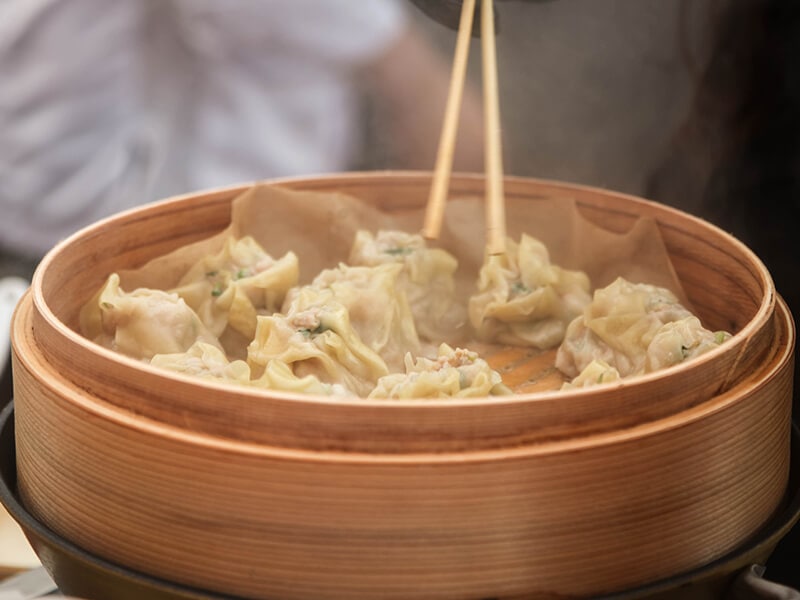
Steaming is a method that employs moist heat to cook food. Water is boiled and vaporized into hot steam; the steam then brings heat to the food. When steaming, the food doesn’t touch the water. Water boils at 212 °F (100 °C), so the food is cooked in the steam at the same temperature.
You can steam with high pressure. These methods required specialized cookware. The steaming process will happen in an air-tight steamer that enhances the steaming process by pressure.
Learn how to steam crunchy vegetables in a pressure cooker.
Boiling Vs. Steaming – Major Differences Between The Two Methods
These two cooking approaches have many key differences, making them useful for different purposes and situations. Here is a brief table for you to compare them side by side:
Method And Process
In boiling, people use all kinds of pots and pans that can contain large amounts of water. The vegetables should be submerged completely in water, so the cookware should have high sides.
With the method of steaming, there is a special cookware called a steamer. It looks like a pot or a pan with a holed tray to let the steam through, with the bottom intended for containing boiling water.
A steamer usually comes in multiple pots stacked on each other. This enables you to cook many dishes at once. You can also use a steamer basket and a regular pot to start steaming.
Time Of Cooking
The time required for boiling is quite long since the main purpose of boiling is to eliminate most bacteria and cook the foods entirely, making them safer to eat. Meanwhile, steaming aims to cook the vegetables slightly, so it takes less time.
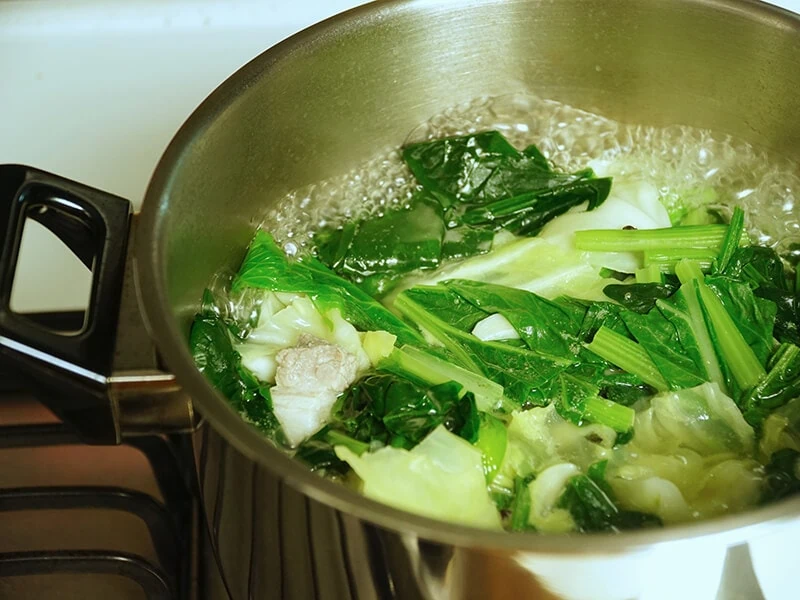
Textures, Tastes, And Colors
Boiling softens the vegetables a great deal since submerging them in boiling water makes them mushy and sometimes watery. Meanwhile, steaming makes the foods crunchy and crisp, which tastes better in your mouth than sloppy vegetables in long boiling.
Boiling breaks down the substances in your vegetables into the water, thus depriving them of their original taste. In the case of steaming, it tends to maintain the original flavors of the vegetables better.
For example, steaming is better than boiling potatoes since the spuds are not entirely soaked in water, helping the flavor become more robust.
After boiling, the vegetables usually turn darker if cooked for a long time. The color of the vegetables is partly imparted into the boiled water. Meanwhile, vegetables in steaming retain their bright color, much like their raw state.
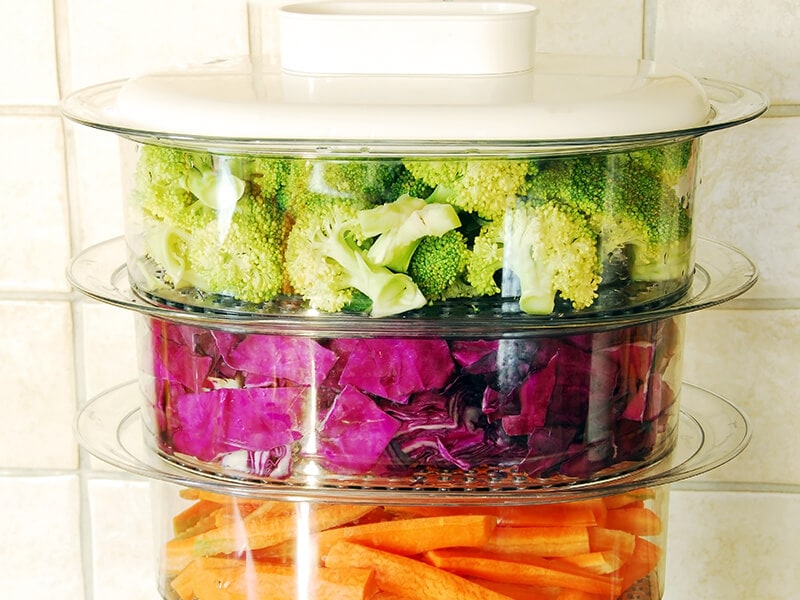
The Loss Of Nutritional Content
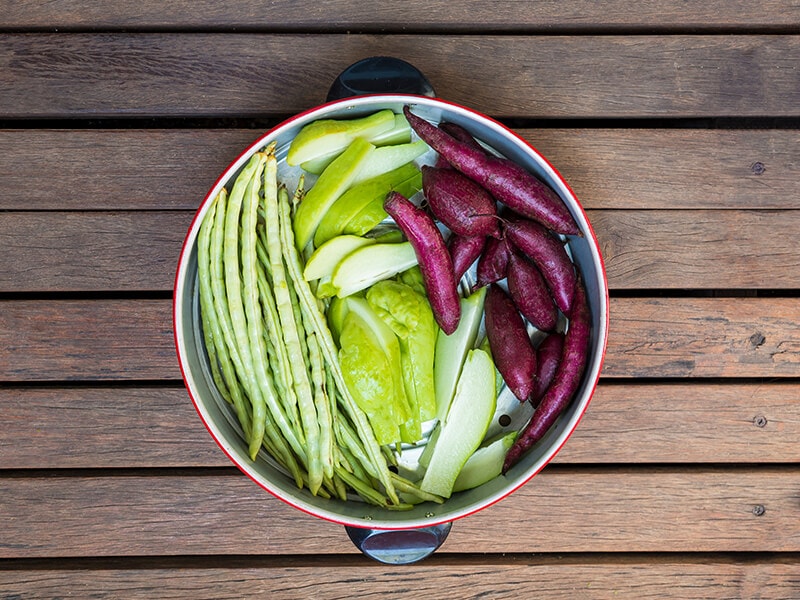
Regarding the nutrient loss in the cooking process, boiling robs the vegetables of more nutrients. The longer your vegetables are boiled in the water, the more nutrients are lost.
On the other hand, steaming preserves more nutritional content. Steaming does cause nutrient loss but is not considerable.(2)
Cooked vegetables are easier for your body to digest and consume. Raw vegetables include some defensive layers and complex cellular structures that might be hard to break down. The heat in cooking will bring these down and render nutrients more accessible.
Regarding heat treatment, steaming is still better at the job since it provides enough heat to make the nutrients more available while keeping the nutrients intact.
Boiling kills off more bacteria and harmful microorganisms, which makes the food safer to consume. Meanwhile, steaming just barely cooks the vegetables up without eliminating much bacteria.
The water used in boiling shouldn’t be disposed of since it contains many nutrients leached out from the vegetables in the process. You should drink it or save it to cook soup or stew. Meanwhile, the water in steaming is just boiled water with no nutrition.
In cooking baby food, steaming is better in terms of preserving the nutrients since the nutrient loss in the steaming process is minimal. However, it may be safer to boil vegetables to get rid of the bacteria, and you can also use the excess water as stock for pureeing.
Learn how to steam your vegetables with style!
Pros And Cons Of Boiling And Steaming
Both methods of cooking come with their advantages and disadvantages. Understanding them will help you become more flexible in cooking!
Upsides And Downsides Of Boiling
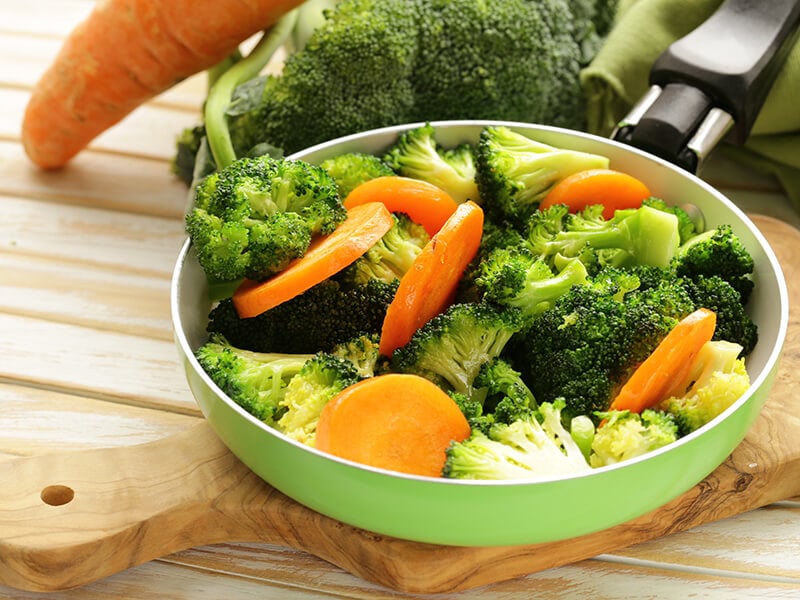
When it comes to boiling advantages, the safety and simplicity of these methods are at the top of the list. Boiling is one of the simplest and safest ways to cook food. It reduces the risk of you getting poisoned or ill by bacteria.
It’s also more suitable for large-scale cooking. All you need is a large stock pot, and your huge batch will be cooked in one go. Boiled food is easy to digest too.
However, boiling also has some downsides. Besides the loss of some nutrients, the taste and texture of boiled veggies are not very appetizing. However, you can improve that by adding other herbs and spices or eating with sauces.
Upsides And Downsides Of Steaming
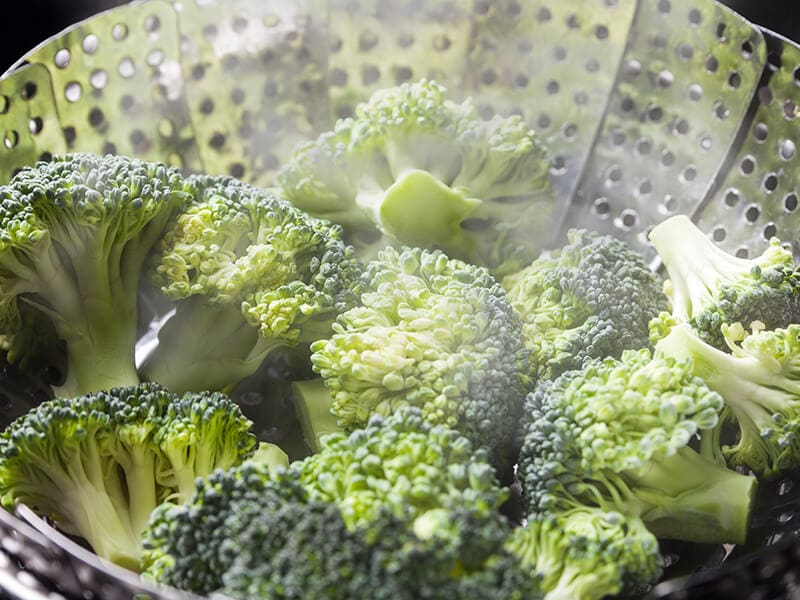
Steaming offers a lot of advantages and very few shortcomings. One advantage of steaming is that it helps shorten the time of cooking and retains the original quality of vegetables. Steamed veggies are also delicious, nutritious, and appetizing.
The only shortcoming of steaming is that it doesn’t cook the vegetables thoroughly, which may have little effect on eliminating germs and bacteria.
Learn how to steam veggies in the microwave if you don’t have a steamer at home.
Boiling And Steaming: Which Is Better To Cook Your Veggies?
The answer depends on your cooking purposes. If nutritional values are what you are opting for, then steaming is your go-to. As stated above, nutrient retention is the biggest advantage of the steaming method.
Boiling is not that bad if you can consume the water you boil your vegetables in. That’s where the nutrients inside your vegetables head to.
Moreover, boiling the vegetables purges the harmful bacteria from your greens, which is safer for you to consume. Although boiled vegetables alone can be a bit bland, cooking them in soups or stews can greatly enhance the flavor.
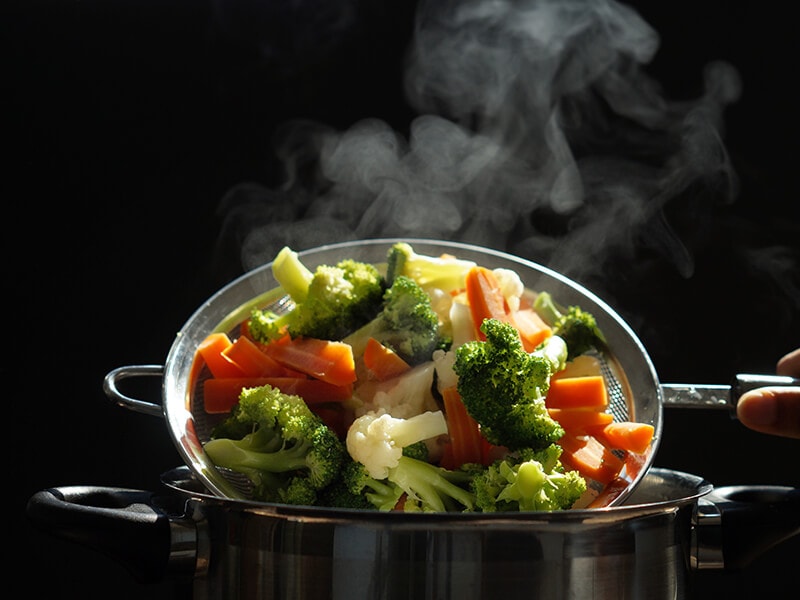
Tips For Boiling
There are some tips that you should keep in mind to get the best result from boiling. Here are some points you should know:
Before Boiling
Always wash the food thoroughly before boiling it. Even though boiling can kill off detrimental bacteria, it cannot remove the dirt and excess substances like pesticides or germs on your ingredients. Washing your ingredients is one of the most important steps of preparation.
You should boil the water first and then put the food in later. That will help retain more nutrients and texture of the food. Root vegetables like potatoes should have their skins on them to retain nutritional content.
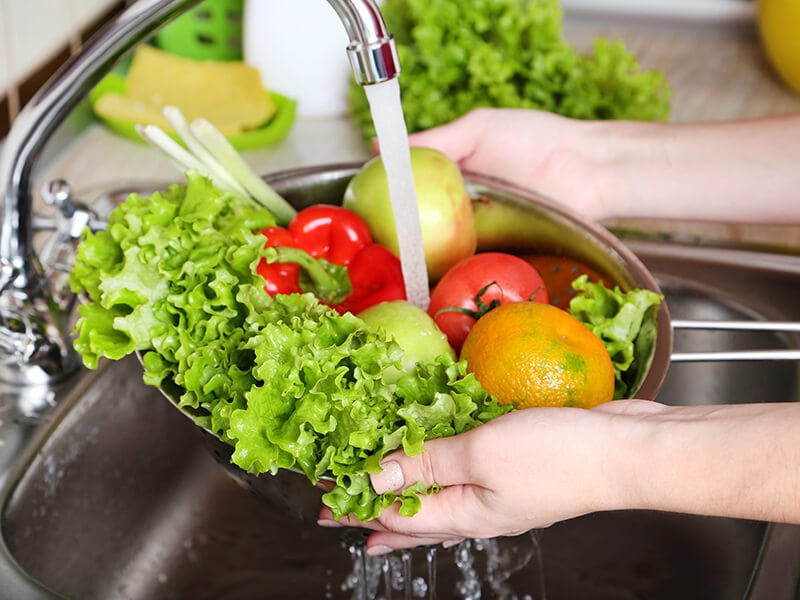
While Boiling
Make sure the water covers the food completely. That way, the food will be cooked more evenly and faster. You should choose cookware with a well-fitted lid to prevent the steam from going out. Foods get cooked quickly and better with the steam inside.
Don’t forget to turn your food a bit while boiling. The bottom part of the cookware is more heated, so keep turning the sides of the food to cook it more evenly.
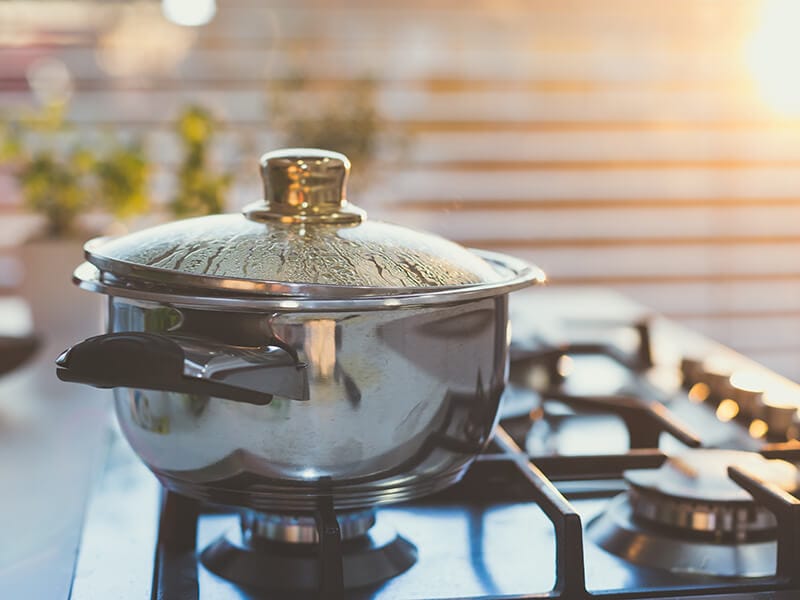
After Boiling
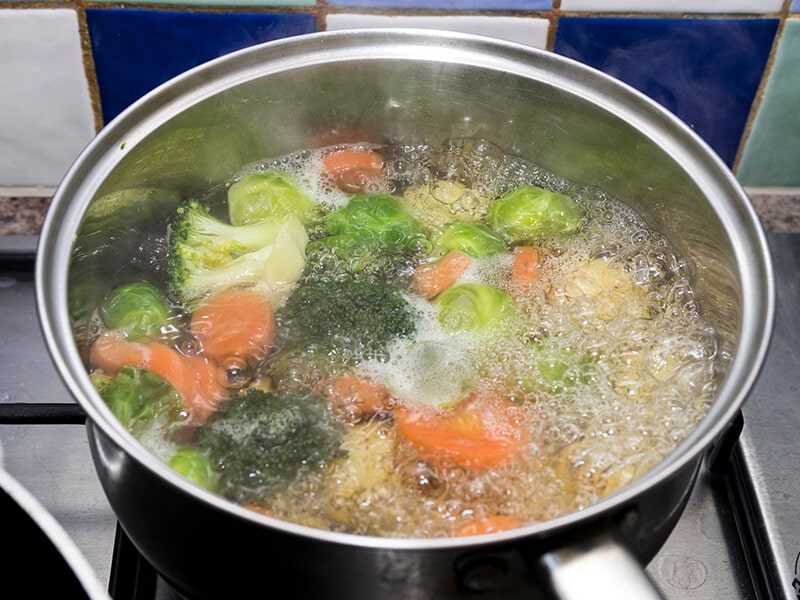
You should not boil food for too long. Once it gains a certain softness and ripeness, take the food out of the water. If you cook food or leave it too long in the water, it will lose its texture, color, and taste. Over-cooking also takes away nutrition.
Learn how to boil your vegetables properly and retain their best quality.
Tips For Steaming
Steaming is not a complex cooking method, but there are some tips that you can apply to step up your steaming process. Here are some tips you should follow to steam any food properly:
Before Steaming
Don’t add too much water. It will take longer to boil and contribute nothing to the cooking process. If the water level is too high, it can splatter into the food, causing a wet and mushy texture. However, putting too little water can burn the cookware.
Always boil the water first. Only add ingredients to the basket once your water is boiling. Adding them too soon will cause them to turn soft. You may want to turn down the heat so the steam can slowly cook the food.
You can use stock and herbs to improve your food’s tastes. You may think steaming with any liquid other than water would be useless since the liquid will be vaporized anyway. But the aroma in broth and herbs can impart on your veggies through steam, enhancing their flavors.
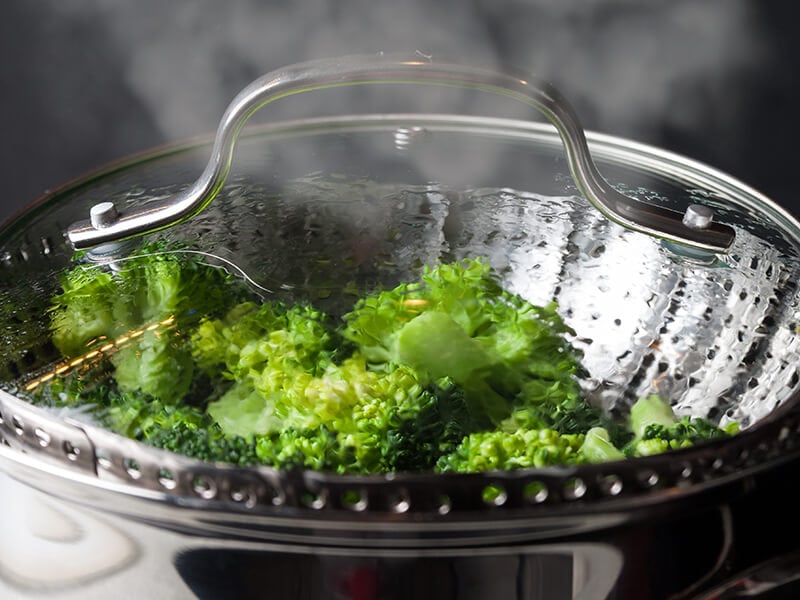
While Steaming
Make sure you close your lid tightly while steaming. If you cook with a loose-fitting lid, the steam will escape, and it will take longer to cook your food. This will alter the taste of your food. In some cases, your food can be undercooked if too much steam escapes.
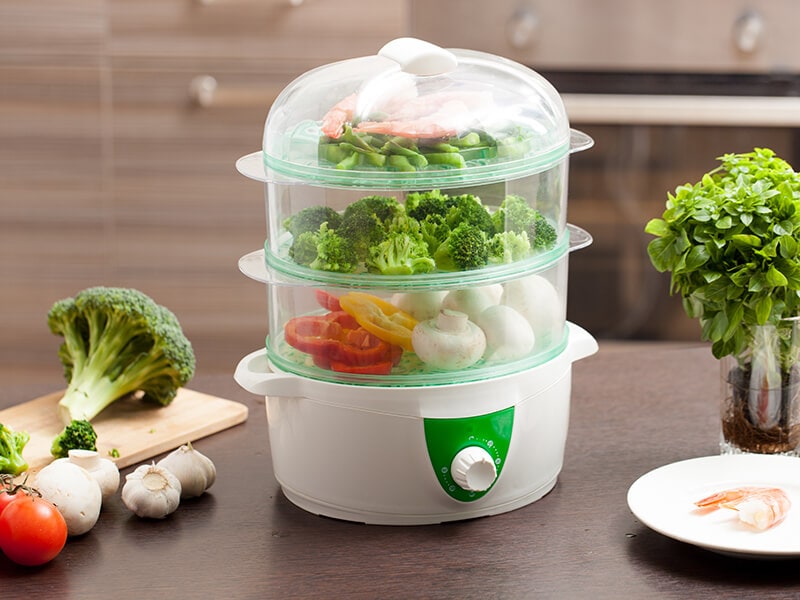
After Steaming
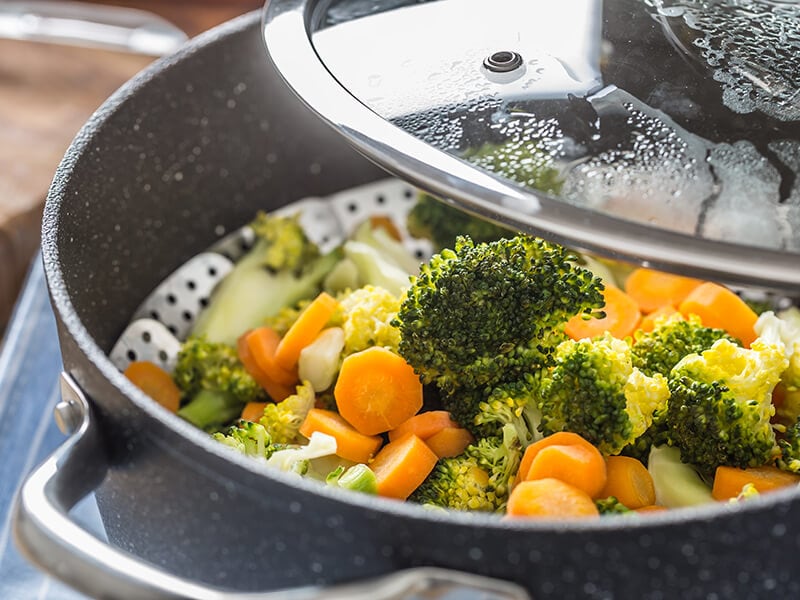
Don’t let your food linger in the hot steam for too long. They shouldn’t sit in the steamer with the lid closed after finishing cooking. Doing so will make your foods over-cooked and lose their firm texture.
FAQs
You have acquired so much knowledge about boiling and steaming methods in cooking. Let’s go further into this topic with these useful related queries:
Try Both Methods Since Cooking Is An Act Of Exploration!
Boiling and steaming are good in certain cases and less useful in others. As someone with cooking enthusiasm or a desire to level up your skills, you should try both methods and see the result for yourself.
Right and wrong in cooking are subjective. Cooking never comes with an absolute answer, so feel free to explore different possibilities!
Before saying goodbye, please let me know about your experience in the comment section. Don’t forget to share this helpful article with other cooking enthusiasts!
References
- Boiling (2022) Wikipedia. Wikimedia Foundation.
- Staff, E. (2019) Maximize your foods nutrition by healthy, Easy Steaming, Tufts Health & Nutrition Letter.

